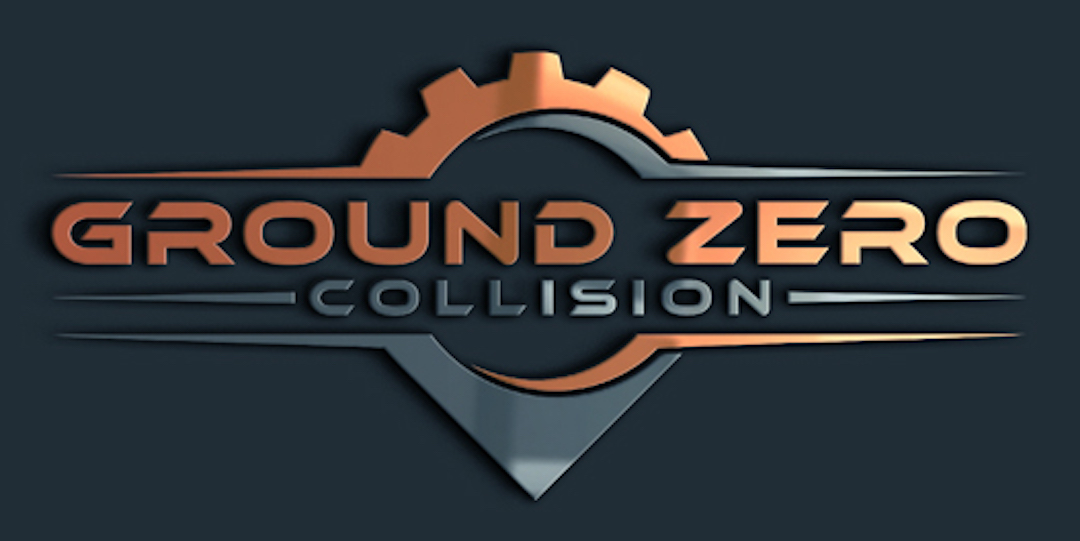If you’ve ever had the unfortunate experience of needing collision repair, you’ve probably heard the term “paint matching” mentioned by your repair technician. Paint matching isn’t just a technical step in the repair process—it’s an essential factor in ensuring that your vehicle looks as good as it did before the accident. But what exactly is paint matching, and why does it matter so much in collision repair? Let’s take a closer look.
The Art and Science of Paint Matching
Paint matching is the process of ensuring that the newly painted area of your vehicle blends seamlessly with the rest of the original paint. Achieving this requires a delicate balance of art and science. While modern vehicles come with specific paint codes provided by the manufacturer, achieving a perfect match involves more than just using the right paint formula.
Over time, a vehicle’s paint can fade or change color due to exposure to sunlight, weather conditions, and environmental factors like pollution. As a result, two vehicles with the same original factory paint code might appear slightly different after years on the road. A skilled technician must take these variables into account, adjusting the paint mixture and application technique accordingly to create a flawless match.
Why Paint Matching Matters
1. Restores Your Vehicle’s Aesthetic Appeal
One of the primary reasons consumers seek out professional collision repair is to restore their vehicle’s appearance. A poorly matched paint job can leave your car looking patched together, diminishing its overall value and aesthetic appeal. High-quality paint matching ensures that no one can tell where the damage occurred.
2. Maintains Vehicle Resale Value
When it comes time to sell or trade in your vehicle, appearance matters. Potential buyers are likely to inspect your car closely for signs of previous damage. An obvious paint mismatch can be a red flag, raising concerns about the quality of past repairs and potentially lowering your car’s resale value. Proper paint matching helps to maintain your vehicle’s integrity and market appeal.
3. Provides Long-Term Durability
A professional paint matching process includes not only selecting the correct color but also applying protective coatings and sealants. This ensures that the new paint layer holds up against weather conditions, UV exposure, and general wear and tear. Properly matched and applied paint reduces the risk of premature fading, peeling, or chipping, keeping your car looking great for years to come.
How Paint Matching Works
The paint matching process involves several critical steps, including:
- Identifying the Manufacturer Paint Code Every vehicle has a paint code, usually found on a label inside the door jamb or under the hood. This code provides the base formula for the vehicle’s original color.
- Assessing the Vehicle’s Current Color Skilled technicians carefully examine the vehicle’s paint to account for fading or discoloration. They may use special tools like a spectrophotometer, which analyzes the current color and helps adjust the paint formula accordingly.
- Mixing and Testing Once the paint formula is adjusted, technicians perform a test spray on a small panel to compare the new paint with the existing color. This allows them to fine-tune the mixture as needed.
- Blending and Application To ensure a seamless finish, technicians use blending techniques. Instead of repainting an entire panel, they carefully blend the new paint into the surrounding areas, making any transitions invisible to the naked eye.
Choosing the Right Collision Repair Shop
Not all collision repair shops are created equal when it comes to paint matching. Some use inferior materials or rush through the process, resulting in noticeable mismatches and poor durability. When selecting a repair shop, consider the following:
- Experience and Expertise: Look for shops with skilled technicians who specialize in paint matching.
- Quality Materials: Ensure the shop uses high-quality paints and clear coats from reputable manufacturers.
- Warranty: A reputable repair shop should offer a warranty on their work, including the paint job.
Final Thoughts
Paint matching is a crucial part of collision repair that directly impacts your vehicle’s appearance, value, and longevity. By understanding the importance of this process and choosing a repair shop that prioritizes precision and quality, you can ensure your vehicle looks as good as new after an accident. Remember, a well-done repair isn’t just about fixing the damage—it’s about making sure no one ever knows it happened.

